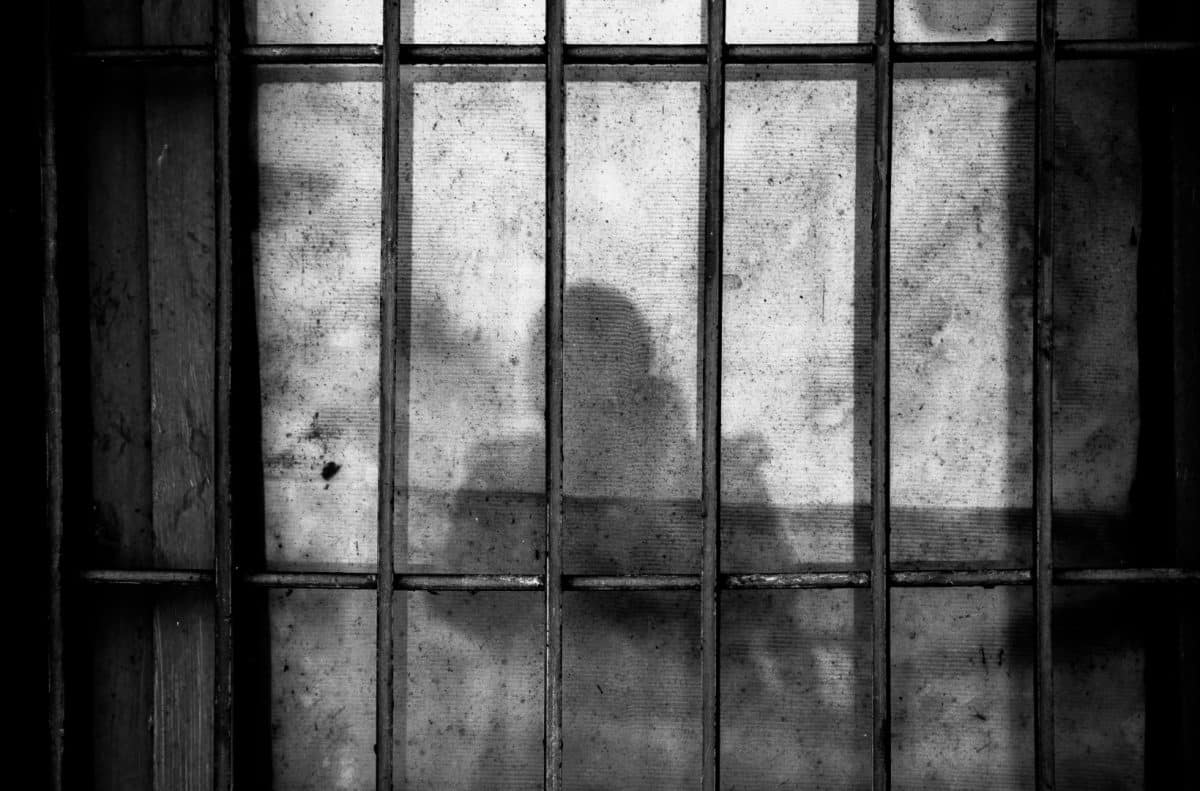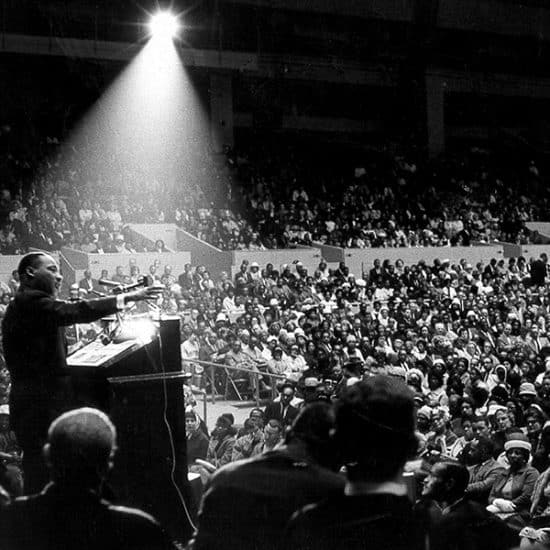
The U.S. prisons population declined again in 2017, continuing a multiyear trend, according to a Bureau of Justice Statistics (BJS) report published in late April.
At the end of that year, the U.S. prison population was nearly 1.5 million people (at the state and federal level) – a decrease of 1.2%, or nearly 19,000 people, from 2016. Nearly 190,000 were in federal prisons (down 3.2%) and more than 1.3 million in state prisons (down 1%).

Despite a multiyear trend of a decline in U.S. prison population continuing in 2017, black males ages 18 to 19 were about 12 times more likely to be imprisoned than white males of the same age. Photo by Ye Jinghan on Unsplash.
Texas (163,703) and California (130,084) had the highest prison populations, with North Dakota (1,791) and Vermont (1,735) having the lowest.
Males accounted for nearly 1.4 million of the national prison population, with the remaining 111,360 being females.
The adult imprisonment rate (incarcerated persons per 100,000 in population) for males was 1,082 for 2017 (down from 1,108 in 2016), while the female rate was 81 (down from 82).
The state with the highest adult imprisonment rate was in Louisiana (942) followed by Oklahoma (931), while the state with the lowest rate was Massachusetts (150) followed by Maine (165).
There were 475,900 black adults in U.S. prisons at the end of 2017 (down 2.3%), compared to 436,500 white adults (down 0.8%) and 336,500 Hispanic adults (down 0.9%).
“Across a decade (2007 to 2017), the number of black sentenced prisoners decreased by 20%, the number of white sentenced prisoners decreased by 13%, and the number of Hispanic sentenced prisoners increased by 2%,” the report said.
While the national imprisonment rate for black adults declined 3.6%, the rate for black adult males was still six times the rate of white adult males.
The 2017 rate for black adults was 1,549 in prison per 100,000 population (down from 1,606 in 2016), compared to 272 for white males (down from 274) and 823 for Hispanic males (down from 852).
From 2007-17, the imprisonment rate for black adults declined 30.7%, compared to 24.8% for Hispanic adults and 14.4% for white adults.
“Black males ages 18 to 19 were about 12 times more likely to be imprisoned than white males of the same age. This age group had the highest black-to-white racial disparity in 2017,” the report said. “Black males age 65 or older were 4.5 times more likely to be imprisoned than white males age 65 or older. This age group had the lowest black-to-white racial disparity in 2017.”
The full report is available here.
This article originally appeared on EthicsDaily.com.






